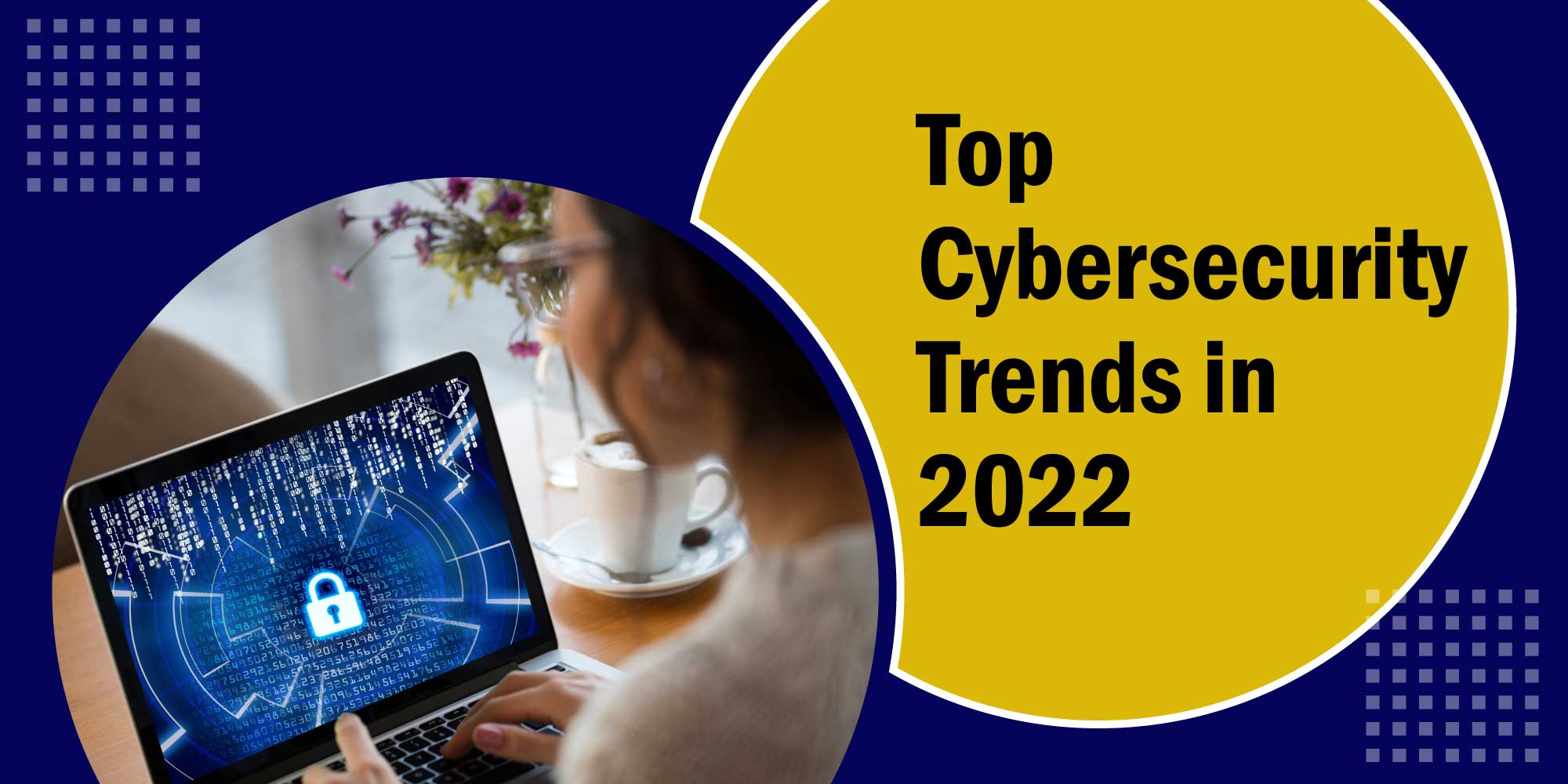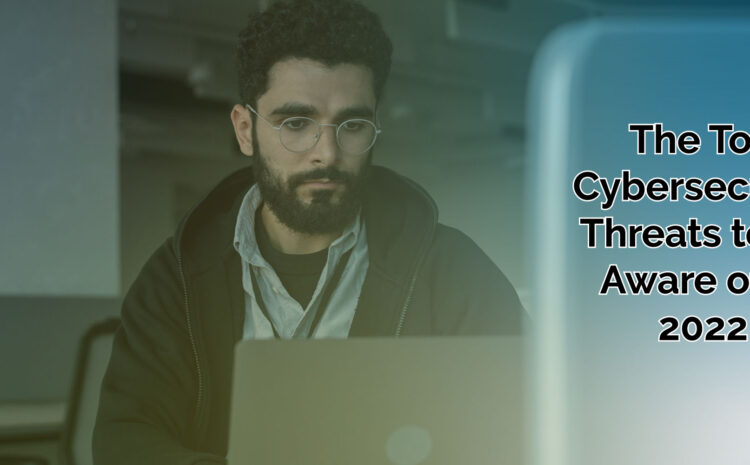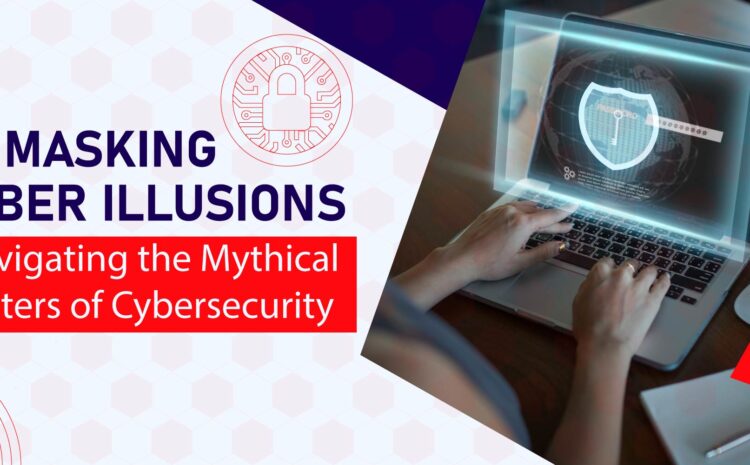Cybersecurity is a hot topic in the digital community. From small businesses to government entities, everyone is trying to take steps to safeguard data. The most recent few years have changed how organizations and buyers choose where to shop on the web. Presently, it is required for businesses to be aware of new cybersecurity risks to stay ahead of cybercriminals.
The Rise of AI-based Cybersecurity
AI is an essential improvement that many individuals believe can switch numerous things up to in the realm of cybersecurity. AI’s smooth process and simplified execution make it easy to identify any misrepresentation of personnel or programs with permission for access to data. It can recognize explicit behaviors that it knows to be dubious.
Artificial intelligence depends on its defensive powers, which makes innovation of those powers fundamental in cybersecurity. It simply detects procedures that are not standard. The expense of cybercrime is huge. One well-timed hack can be the downfall of any business.
Organizations currently understand the potential that AI holds and try to incorporate the technology into their safety measures.
Uplifted User Awareness
Digital threats are becoming more complicated and harder to recognize with each passing day. Most organizations are going to new lengths to overhaul security to thwart digital attacks, but the constant growth and complexity of cybercrime means spending on new ideas is also increasing. This could leave many small businesses vulnerable to loss of big data.
One of the central things that one needs to dealt with is expanding client and user awareness. It is the most straightforward method for diminishing digital threats. Consolidating new technology and safety measures matters as much as training people in the organization to keep away from such attacks does. If this is accomplished, it’s been proven that threats can be reduced by up to 80%.
Most individuals working in various associations need more information concerning digital attacks, like what to watch out for and what not to click on. Otherwise, those people won’t be able to identify whether the email is spam and has phishing connections or records, which makes those user accounts defenseless against such developing digital threats.
These are a few old stunts in the book that programmers use, and they’re presently concocting new procedures to handle malware attacks. Subsequently, as organizations implement actions to improve their network protections, heightening user awareness is similarly important.
Train Employees on How to Detect Phishing and Other Cyber Threats
You could consider how you can prepare your representatives, and others in your association, to recognize digital threats.
Here are some ways:
- Conduct classes and instructional meetings to expand the awareness of your representatives
- Use web and study hall-based strategies
- Make a manual that highlights how representatives ought to deal with the classified data of the organization
- Spur employees to go to open meetings and new courses to expand their insight
Network Protection and Attacks on the Evolving Healthcare Industry
Emergency clinics, and different associations in the medical services industry, are currently managing the danger of evolving digital attacks. The medical services area transmits important and delicate information to clients, which is the reason they’re putting resources into network safety measures.
Information breaches are one of the top digital threats associations in the medical services industry need to manage.
Because of the pandemic, numerous medical services associations gave their staff the adaptability to work from anywhere. This resulted in decreasing the organization-based safety nets to protect delicate data. Also, numerous emergency clinics now provide telehealth appointments that don’t follow the security conventions they have in place.
Information breaches present a constant danger to associations in the medical services industry. Because of this, we’ll see massive growth in cybersecurity measures in the medical services industry.
AI
AI is currently assuming a vital part in network safety. The addition of this innovation in network safety can assist organizations with recognizing attacks rapidly, successfully, and with less expense. AI revolves around making new examples and altering calculations. Because of this, it can sort out and manage dynamic attacks (attacks that change tactics when a roadblock is encountered) on the spot.
The implementation of AI makes it simple for network protection frameworks to foresee the dangers and determine the cybercriminal’s most likely course of action.
Geo-Targeted Phishing Attacks
Geo-targeted phishing happens when your computer’s IP is used to send you a specific malware-containing email created for the region where you live when you visit a compromised web server.
These messages are evolving to be more altered and focus on a specific segment. Not only that, but the wording in these messages has evolved to appear more legit. No longer can you depend on the message being full of typos or being terribly written. These thieves have evolved and are making themselves appear more like the entity the email was supposed to have come from.
Organizations are currently researching the seriousness of this danger and are executing new projects to raise awareness among their representatives and users. Hence, we can expect new network protection measures in 2022 to counter the developing issue of phishing, so don’t open those unknown sender emails or open attachments from anyone you don’t know until then.
More Tech Resilience
The developing attention on tech strength and digital flexibility is something we’ll observe in 2022. It is overwhelming the tech business because it offers data security and hierarchical flexibility against unanticipated digital attacks.
The principal objective of tech strength, or digital flexibility, is to get and keep up with the progression of the business during a digital assault. In addition, it assists with safeguarding business information.
Mobile Would Work as Attack Vectors
Mobile is something that currently is a piece of our day-to-day routines and are a popular vector cybercriminals can focus on for attacks. Numerous applications and programming can give cybercriminals admittance to your data.
Whether it is shopping, traveling, ordering food, or banking, businesses have mobile apps (and if they don’t now, they will soon—you almost can’t do business any longer without a mobile app for your customers to use). Thus, it will be simple for programmers and assailants to focus on your activities on your device.
The rising use of mobile implies organizations will deal with upgrades to their security. We can hope to see new network safety measures and patterns like:
- Solid passwords/biometrics
- Highly efficient techniques to safeguard the information
Zero in on Social Engineering Attacks
Social engineering attacks have become much more prevalent recently. These attacks use a series of psychological manipulation techniques to trick users into giving away sensitive information.
Education of employees and the general public are network protection patterns that will win in 2022. The developing interest for remote working makes it easy for a business to do the following, through which you can forestall this danger:
Preparing workers to recognize any such threats connecting with social engineering and stronger back answers to assist you with information reinforcement in the event of an assault.
Here are a few methods assailants use in social engineering:
- Teasing: Engaging clients to fall into a snare to give out their information, for example, visa details, financial balances, and so on.
- Scareware: Sending various threats and alerts to show a person their computer is infected when it’s not, which prompts a download of fake software.
- Pretexting: Posing as a police officer, coworker, or other official requesting data to carry out a significant errand.
- Stick Phishing: This focuses on people or associations and can take more time to execute since the culprit is guaranteed to be an IT expert in their organization.
- Baiting: Leaving an item which contains malware and can be used in some way (USB drives, for example) by an unsuspecting person. Clickable false ads can also be used.
With ever-increasing activities on digital platforms, from shopping to medical consultation, one must expect a steady increase in cyber threats. It is the duty of the digital community to develop safety measures and technologies to safeguard delicate information and maintain client privacy and trust.
See how CloudQ can help you beef up your security by contacting us today for a consultation. It’s never too late to take preventative steps.




